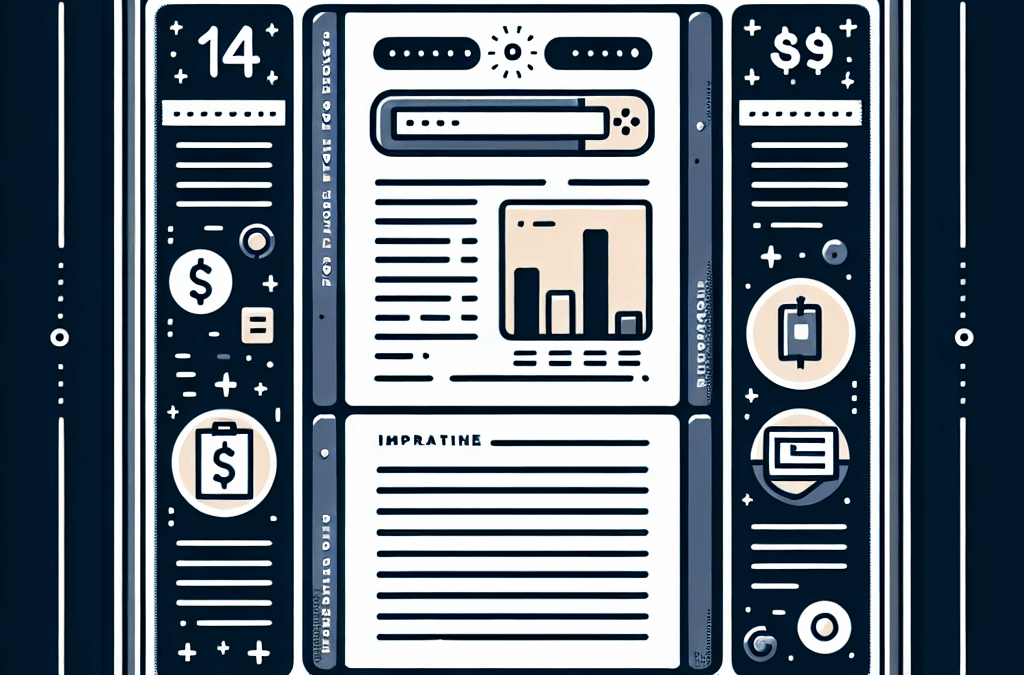Introduction
In our fast-paced digital world, a user-friendly website isn’t just a luxury; it’s a necessity. If you’re a small business owner in McAllen or anywhere in South Texas, your online presence is often the first impression potential customers will have of your brand. But what does it actually mean for a website to be “easy to use”? At Ericks Webs Design, we’re here to break it down for you in straightforward terms that you can apply to your own website. Ready to take your online presence to the next level? Let’s dive in!
Imagine you walk into a restaurant that has no signs directing you to the restroom or the menu. Frustrating, right? That’s what a confusing website feels like to your visitors. Easy navigation means your users can find what they need without getting lost in a maze of menus and links.
Key Elements of Good Navigation:
- Clear Menu Structure: Your main categories should be easily accessible and intuitive. For example, if you own a local bakery, your menu should have straightforward links like “Home,” “About Us,” “Menu,” and “Contact.”
- Search Functionality: For larger businesses, integrating a search bar can make it effortless for visitors to locate specific products or services quickly.
Local Perspective: If you own a local hardware store in McAllen, showcasing specific departments (like “Plumbing,” “Gardening,” or “Electrical”) in your website’s navigation will help your site visitors quickly find what they’re looking for, just like they would in your physical store.
2. Responsive Design: Access Anywhere, Anytime
With an increasing number of people using mobile devices to browse the web, having a responsive design is crucial. This means your website adjusts to any screen size, whether it’s a phone, tablet, or desktop.
Why Responsiveness Matters:
- User Experience: Users should have the same experience on their mobile devices as they do on a computer. Poor mobile design can seriously affect your site’s usability and credibility.
- SEO Benefits: Google rewards responsive websites with better rankings, making it easier for local customers to find you.
Real-Life Example: Consider a boutique in South Texas. A responsive design means customers can easily browse your inventory and shop directly from their phones while waiting in line at the grocery store. This convenience can boost your sales significantly.
3. Fast Load Times: No One Likes Waiting
We live in a world where patience is dwindling, especially online. If your website takes too long to load, potential customers are likely to click away before they even see what you offer.
How to Improve Load Times:
- Optimize Images: Large images can slow down your site. Use compressed images for faster loading without sacrificing quality.
- Limit Plugins: Extra plugins can weigh down your site. Use only what’s essential to maintain a sleek performance.
Local Relevance: If you run a restaurant, for instance, downtime can mean missing out on hungry customers looking for menus and reservation options. A quick-loading website ensures that when anyone searches for “best tacos in McAllen,” you’re top of mind (and top of search results)!
4. Clear Calls to Action: Guide Your Visitors
What actions do you want your visitors to take? Whether it’s signing up for a newsletter, making a purchase, or calling for more information, clear calls to action (CTAs) guide your visitors in the right direction.
Best Practices for CTAs:
- Be Direct: Use action verbs like “Book Now,” “Contact Us,” or “Get a Quote.”
- Strategic Placement: Place CTAs in visible areas, such as the top of the homepage and at the end of content.
Example: If you have a landscaping business in McAllen, a CTA like “Schedule Your Free Consultation Today” can encourage more visitors to reach out and explore how you can beautify their outdoor spaces.
Conclusion
Creating a website that is easy to use is all about focusing on your customers’ needs. From simple navigation and responsive design to fast loading times and clear calls to action, these elements work together to provide a seamless experience. At Ericks Webs Design, we understand the challenges small business owners face, and our goal is to help you build an effective online presence that drives sales and growth.
Call to Action: Sign Up for a Free Consultation!
Are you ready to elevate your business with a user-friendly website? Contact Ericks Webs Design for a free consultation. Together, we’ll create a site that attracts customers and enhances your brand’s online presence. Let’s get started today!
User Experience (UX)










